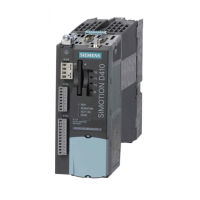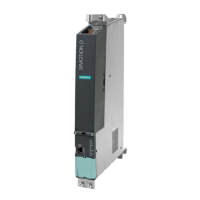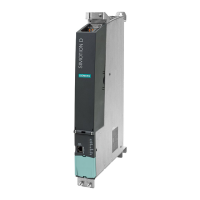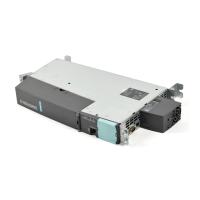Basics of Path Interpolation
2.13 Kinematic adaptation
TO Path Interpolation
56 Function Manual, 11/2010
x+
y+
G1
G2
G3
G6
G4
G5
OHQJWK
OHQJWK
OHQJWK
DQJOH$UP7R$UP
DQJOH$UP7R$UP
DQJOH$UP;
GLVWDQFH'
.LQHPDWLF
HQGSRLQW(3
Figure 2-42 Kinematics of Delta 3D picker (bottom view)
G4
G1
x
z+
OHQJWK
OHQJWK
GLVWDQFH'
GLVWDQFH'
RIIVHW$
&DUWHVLDQ]HUR
SRLQW
.LQHPDWLF]HUR
SRLQW=3
.LQHPDWLFHQG
SRLQW(3
$[LV$]HURSRVLWLRQ
SRVLWLYHGLUHF
WLRQRIURWDWLRQ
RIWKHGULYHD[LV
$D[LV
Figure 2-43 Kinematics of the Delta 3D picker (single arm on the example, axis A1)
Definitions
● A
1
, A
2
, and A
3
designate the three active drive axes of the kinematic structure. They lie in
the X-Y plane with z = 0, and each has distance d
1
from the kinematic zero point (ZP).
Their zero position within the kinematic structure corresponds to the direct orientation of
the upper arm segments (length1) in the direction of the negative Z axis. Positive
displacements occur counterclockwise, as shown in the previous figure.
● G
1
to G
6
identify freely movable links.
● It is assumed that the connection of the links at the end point (EP) has a horizontal
orientation based on the parallel struts. This yields y
G4
= y
G5
= y
G6
. G
4
to G
6
each have the
horizontal separation distanceD2 from the end point (EP).
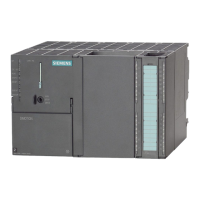
